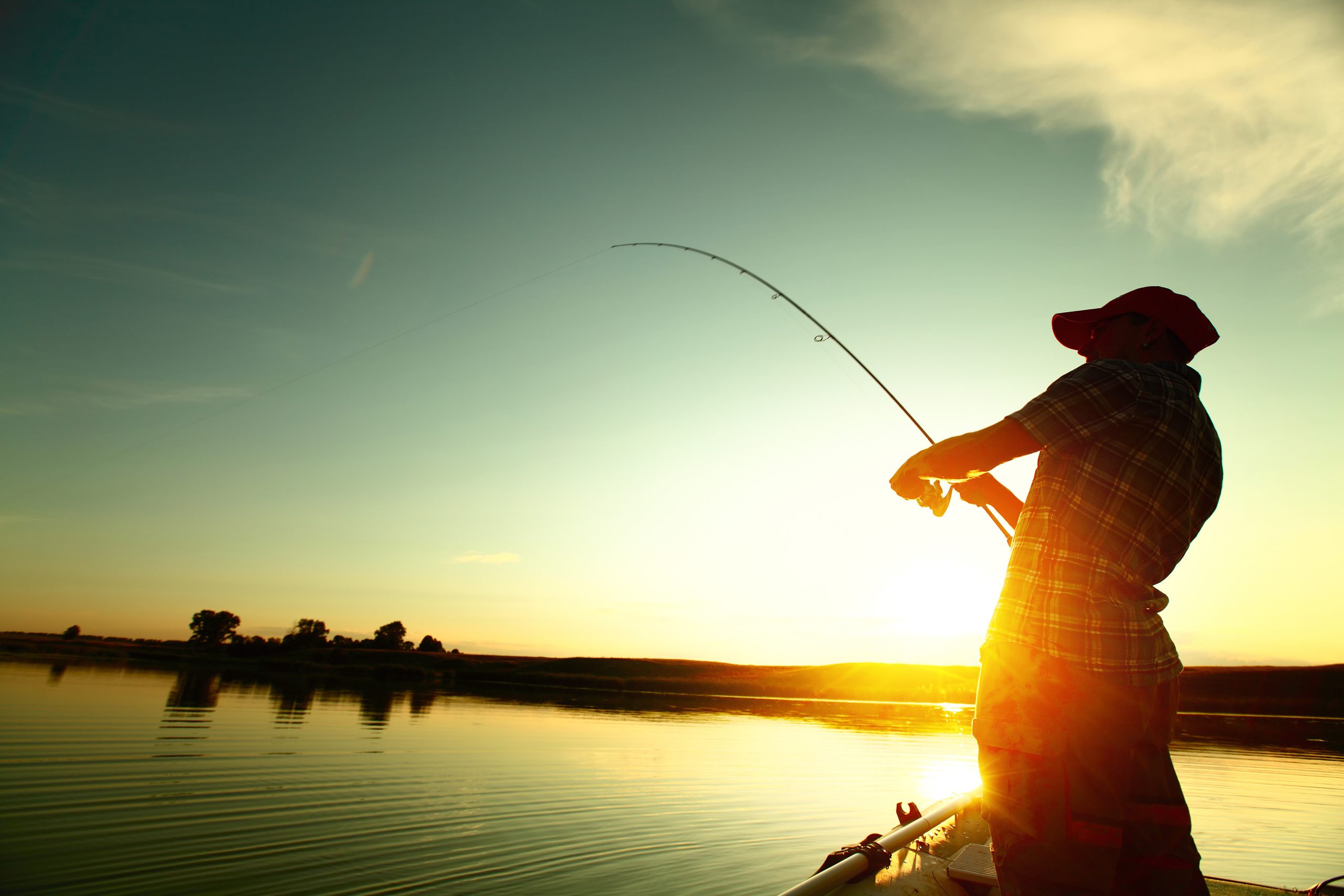
When it comes to fishing, having the right rod can make all the difference between a successful day on the water and a frustrating one. One of the most important factors to consider when choosing your rod is its power. But what exactly does rod power mean, and how do you pick the right one for your fishing needs? Let’s dive in and explore everything you need to know about rod power.
Rod power refers to the amount of resistance or “backbone” a rod has when it bends under pressure. It’s essentially the rod’s strength and determines how much force is needed to make the rod bend. This classification ranges from ultralight to extra-extra-heavy (XXH), depending on the size of the fish you’re targeting and the type of lure you plan to use.
Understanding the power of your rod helps with several key aspects of fishing:
Most fishing rods fall into one of several power ratings, each suited for different species and techniques. Here’s a breakdown of how rod powers are typically categorized:
| Power No. | Power Designation | Applications | Species |
|---|---|---|---|
| 0 | Ultralight (UL) | Small jigs, spinners, micro baits | Panfish |
| 1 | Light (L) | Small crankbaits, jigs, spinners | Panfish |
| 1-2 | Medium Light (ML) | Drop shots, jerkbaits, topwaters | Bass, Walleye |
| 2 | Medium (M) | Crankbaits, spinnerbaits, chatterbaits | Bass, Walleye |
| 3 | Medium Heavy (MH) | Jigs, worms, buzzbaits, swimbaits | Bass, Catfish |
| 4 | Heavy (H) | Frogging, flipping, swimbaits | Bass, Catfish |
| 5 | Extra Heavy (XH) | Punching, flipping, umbrella rigs | Bass, Catfish |
| 6 | Extra Extra Heavy (XXH) | Large swimbaits, big fish | Bass, Catfish |
| 7 | XXXH | Baits weighing 10 ounces or more | Bass, Catfish |
It’s important to note that rod power works hand in hand with rod action and rod length to create the perfect setup for your fishing needs. Power influences how much force is needed to bend the rod, while action refers to where on the rod the bend occurs (fast action bends near the tip, while slow action bends closer to the handle). Length affects casting distance and leverage.
When you combine the right power with the right action and length, you get a rod that performs best for specific fishing techniques. For example, a medium-heavy power rod with fast action is ideal for flipping and pitching in thick cover, while a light power, slow action rod is great for casting delicate lures over long distances.
Choosing the correct rod power ensures that you are using the right tool for the job. Let’s break it down by some common fishing applications:
One often overlooked aspect of rod power is how it affects hooksets. A rod with heavier power makes it easier to drive a hook into the fish, especially with larger hooks. On the other hand, a lighter power rod requires more finesse, and using hooks that are too large can lead to missed bites because there’s not enough backbone to drive the hook home.
At LakeLady Custom Fishing Rods, we offer rods that are not only crafted with precision but can also be customized to your exact needs. Whether you’re a finesse angler targeting small panfish or a seasoned bass angler looking to tackle monster fish, understanding the power of your rod is key to getting the best performance on the water.
The right rod power will help you:
So, before you head out on your next fishing trip, make sure you’ve got the right rod power for the job. At LakeLady Custom Fishing Rods, we’re here to help you create your perfect setup, ensuring you can cast with confidence and land the catch of your dreams.